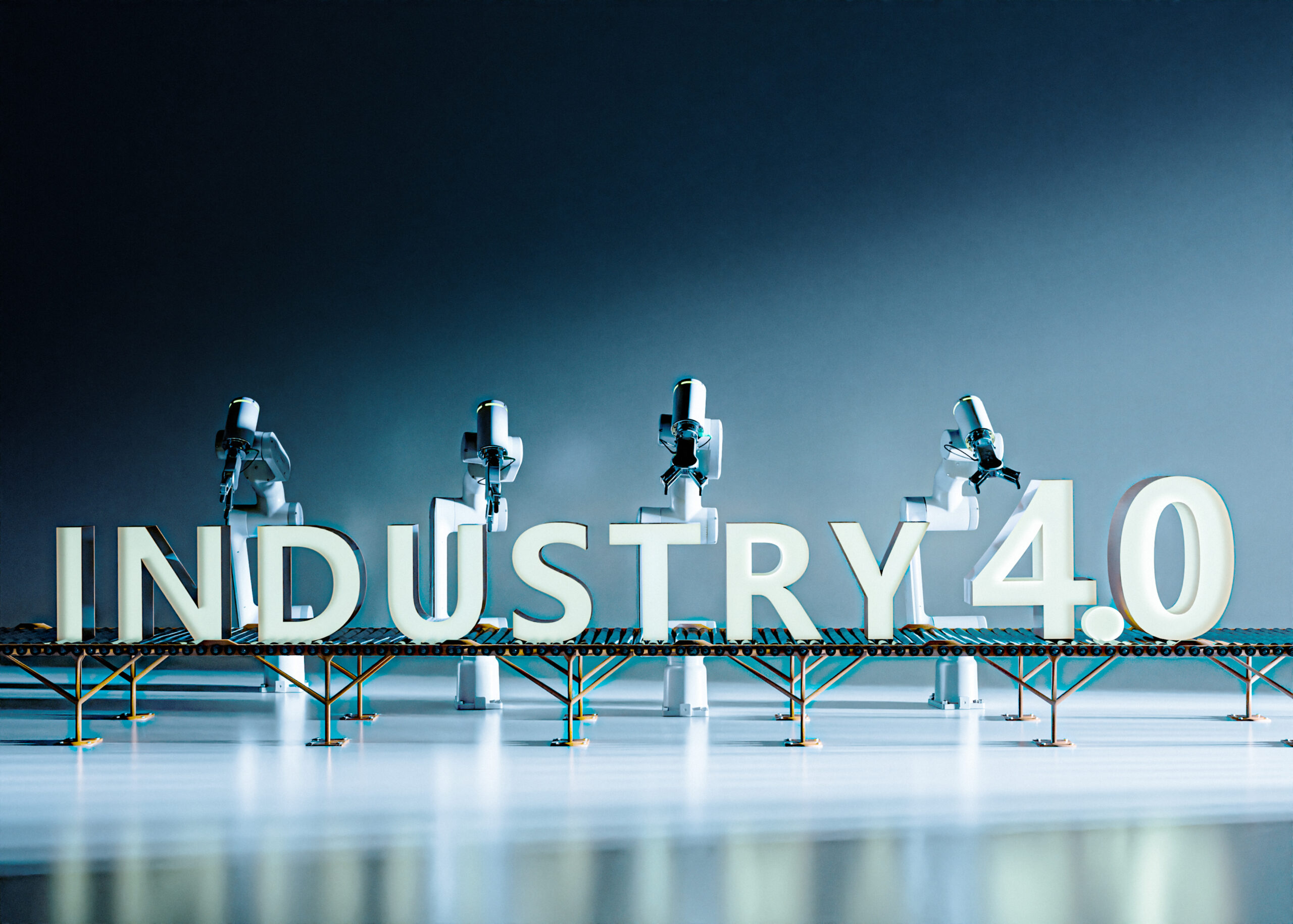In the era of Industry 4.0, where automation, artificial intelligence, and advanced robotics are revolutionizing manufacturing processes, concerns about job loss have become increasingly prevalent. However, the relationship between Industry 4.0 and employment is complex and nuanced, with both challenges and opportunities to consider. In this blog, we’ll explore whether Industry 4.0 eliminates jobs and examine the broader implications for the workforce.
1. Automation and Job Displacement: One of the primary concerns surrounding Industry 4.0 is the potential for automation to displace human workers. As machines and robots become more capable of performing repetitive tasks and routine job functions, there is a risk that some traditional roles may become obsolete. Industries such as manufacturing, logistics, and transportation are particularly vulnerable to automation, leading to fears of mass layoffs and unemployment.
2. Reskilling and Upskilling: While automation may lead to job displacement in some sectors, it also creates opportunities for reskilling and upskilling the workforce. As certain tasks become automated, new roles emerge that require advanced technical skills, critical thinking, and problem-solving abilities. By investing in training programs and education initiatives, companies can help employees transition into these new roles and equip them with the skills needed to thrive in the digital economy.
3. Job Creation in Emerging Industries: Industry 4.0 is not just about automation; it also fosters innovation and creates new opportunities for job growth in emerging industries. Fields such as artificial intelligence, data analytics, cybersecurity, and additive manufacturing are experiencing rapid expansion, leading to a demand for skilled workers in these areas. Additionally, industries that rely on human interaction and creativity, such as healthcare, education, and the arts, are less susceptible to automation and may even see increased employment opportunities.
4. Augmented Intelligence: Rather than replacing human workers outright, Industry 4.0 often involves the concept of augmented intelligence, where machines and humans work together to enhance productivity and efficiency. Advanced robotics, AI, and machine learning technologies can augment human capabilities, allowing workers to focus on tasks that require empathy, creativity, and complex decision-making. This symbiotic relationship between humans and machines can lead to more fulfilling and meaningful work experiences.
5. Economic Growth and Innovation: Ultimately, the impact of Industry 4.0 on employment depends on various factors, including the pace of technological advancement, government policies, and societal attitudes towards automation. While automation may result in job displacement in the short term, it has the potential to drive long-term economic growth, innovation, and prosperity. By streamlining production processes, reducing costs, and increasing efficiency, Industry 4.0 can create a more competitive and dynamic business environment that fosters job creation and economic opportunity.
Conclusion: In conclusion, while Industry 4.0 may lead to job displacement in certain sectors, it also presents opportunities for reskilling, upskilling, and job creation in emerging industries. By embracing technological innovation and fostering a culture of lifelong learning, companies and workers can adapt to the changing landscape of the digital economy. Ultimately, the key to addressing concerns about job loss in the era of Industry 4.0 lies in proactive workforce development strategies, collaboration between industry and government, and a commitment to harnessing the potential of technology for the benefit of all.

